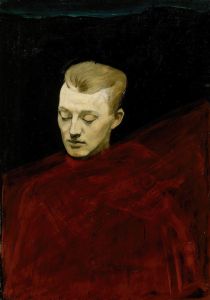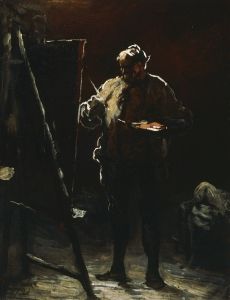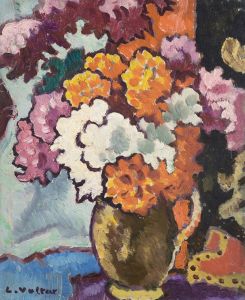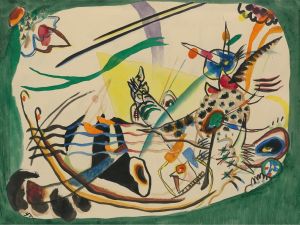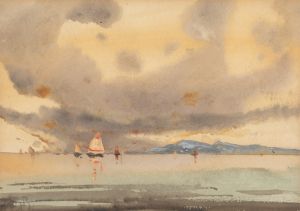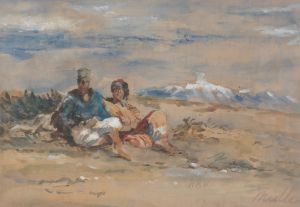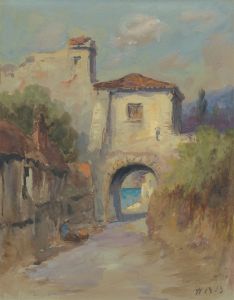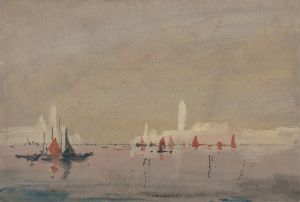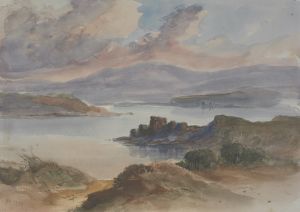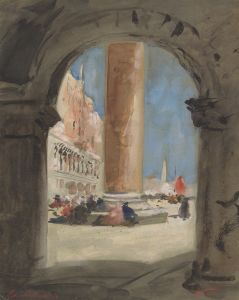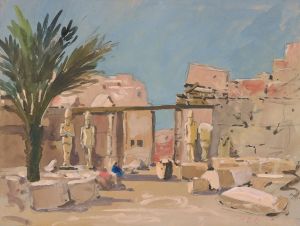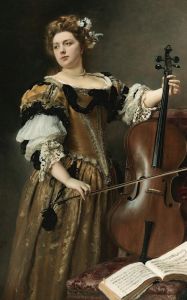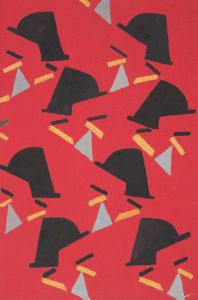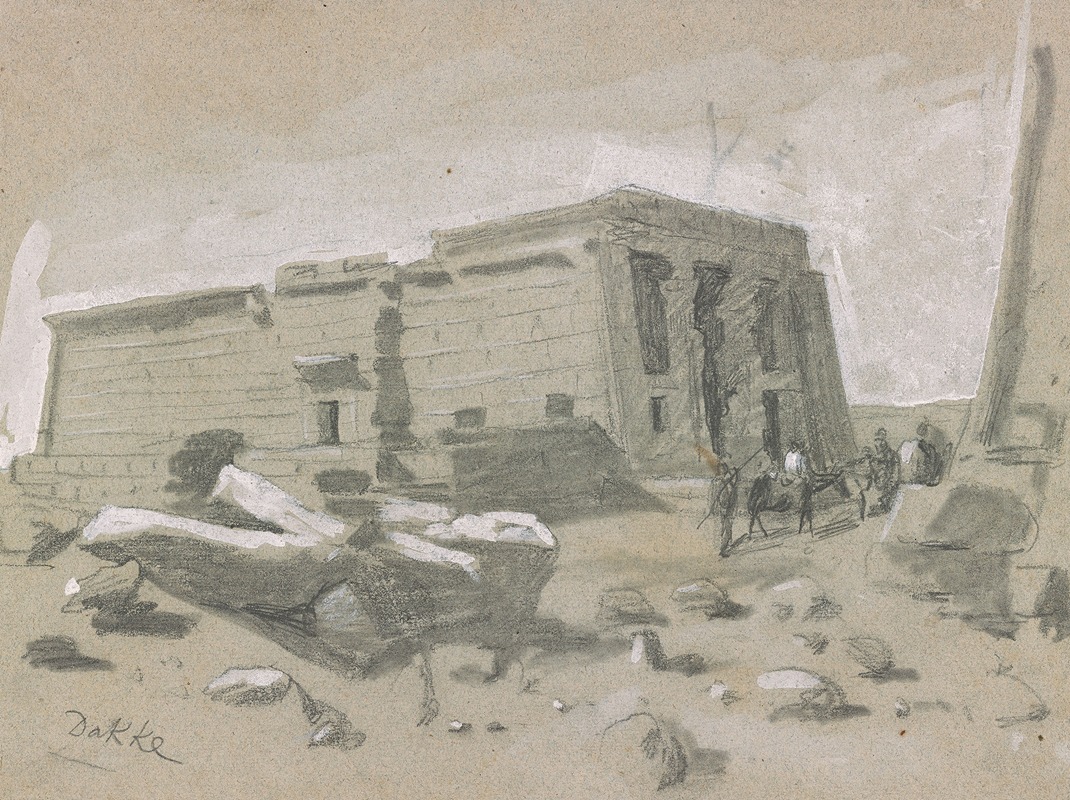
Dakke
A hand-painted replica of Hercules Brabazon Brabazon’s masterpiece Dakke, meticulously crafted by professional artists to capture the true essence of the original. Each piece is created with museum-quality canvas and rare mineral pigments, carefully painted by experienced artists with delicate brushstrokes and rich, layered colors to perfectly recreate the texture of the original artwork. Unlike machine-printed reproductions, this hand-painted version brings the painting to life, infused with the artist’s emotions and skill in every stroke. Whether for personal collection or home decoration, it instantly elevates the artistic atmosphere of any space.
Hercules Brabazon Brabazon (1821–1906) was a British artist known for his distinctive watercolor paintings. He was born in Paris to an English family and spent much of his life traveling across Europe and North Africa, capturing the landscapes and scenes he encountered in his artwork. Brabazon's style is characterized by its spontaneity and fluidity, often employing a loose technique that emphasizes color and light over detailed form. His works are considered part of the Orientalist movement, which was popular in the 19th century and involved Western artists depicting scenes from the East.
One of Brabazon's notable works is "Dakke," a watercolor painting that reflects his interest in capturing the essence of a scene with minimal detail. The painting is an example of his ability to convey atmosphere and mood through the use of color and light. Brabazon's technique often involved quick, expressive brushstrokes, allowing him to create a sense of immediacy and movement in his work.
"Dakke" is believed to depict a scene from one of Brabazon's travels, possibly in North Africa or the Middle East, regions he frequently visited and painted. His travels to these areas provided him with a wealth of inspiration, and he was particularly drawn to the unique landscapes and vibrant cultures he encountered. The painting likely captures an architectural or landscape scene, rendered in Brabazon's characteristic style that prioritizes the overall impression over precise detail.
Brabazon's work, including "Dakke," is often compared to that of J.M.W. Turner, another British artist known for his innovative use of watercolor. Like Turner, Brabazon was interested in the effects of light and atmosphere, and his paintings often evoke a sense of place through their evocative use of color. However, Brabazon's approach was more relaxed and informal, reflecting his personal philosophy that art should be a pleasurable and spontaneous activity.
Throughout his career, Brabazon remained somewhat outside the mainstream art world, choosing not to exhibit his work widely or seek commercial success. Instead, he painted primarily for his own enjoyment and the appreciation of a small circle of friends and fellow artists. It was only later in his life and after his death that his work gained broader recognition and appreciation.
Today, Brabazon's paintings, including "Dakke," are held in various collections, including the British Museum and the Victoria and Albert Museum. His work is appreciated for its unique approach to watercolor and its ability to capture the fleeting beauty of a moment. Brabazon's legacy is that of an artist who remained true to his vision, creating art that continues to resonate with viewers for its beauty and emotional depth.





